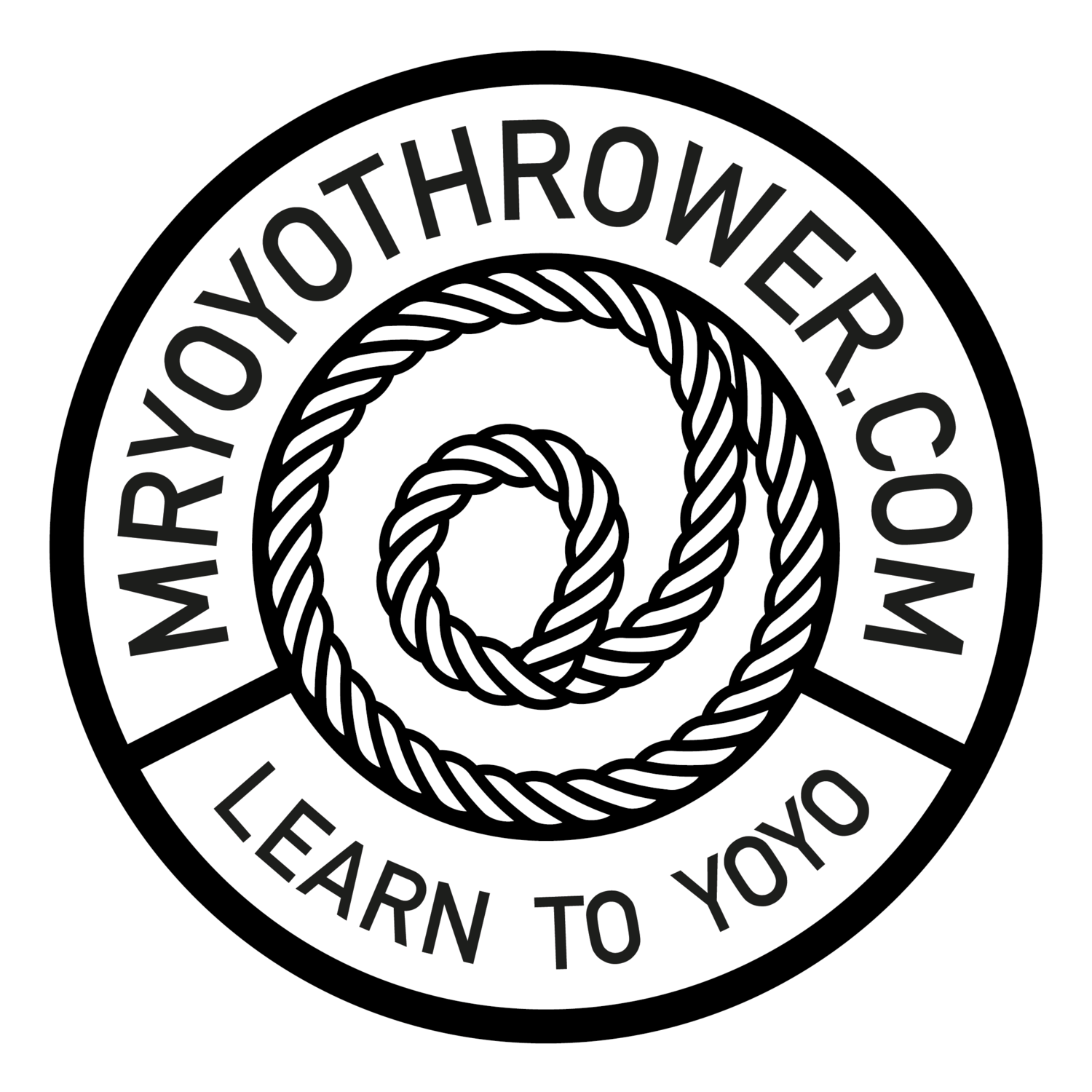Teaching strangers is a unique activity. “I have this skill that in some form makes me stand out from others, let me teach it to you so I become less unique.” At the same time it is the foundation of human civilization. If the first pre-human to think of using a rock as a tool didn’t share the idea, where would we be?
The internet has repeatedly changed the way yoyo was taught. Previous to this you learned yoyo tricks either from an actual human in front of you, a mail order VHS (and later DVD) or book that had diagrams of how to do yoyo tricks. The last on this list often required you to practically learn a new language! I recently was reminded of a book called “The Yonomicon” that was one of the better examples of this. Unlike the bulk of the “Learn to Yoyo” books, It broken down some of the more advanced tricks of it’s era rather than the same old couple dozen tricks.
What this meant was that it was pretty easy to get access to the beginner tricks. You could buy a book (or many beginner yoyos came with a small booklet) that could teach you the basics, but from there you had to hunt, meet people or innovate your own tricks. The internet took this to a new level. Instead of being stuck with whatever you could get your hands on for learning, you could dial up and look on a website! As soon as the technology allowed for it, yoyo enthusiasts started finding ways to use it to share tricks. Websites like (sector Y and …) used drawn diagrams to indicate which finger does what in a step by step breakdown. As download speeds became faster (and it took less than 5 minutes for your dial up modem to load a page with a couple images on it) people started uploading photographs of hands doing the tricks, again, step by step so it was easy to follow. The key through all of this was a step by step breakdown that gave the learner a series of points of reference or goals to aim for.
The logical extension of all of this came when the ability to host videos on a website became readily available. Andre Boulay at yoyoexpert.com was one of the first to really work with this on a level that gave mass access. He put together a series of sets of tricks that worked the player from the beginning to the to tier difficulty for the day. Others followed, came and went. When I was getting into yoyo rethinkyoyo.com was a fantastic resource. Currently the top of the game is yoyotricks.com. With high end video equipment and professionally set up filming space they have created (and continue) to create some of the most well thought out tutorials and instructional videos.
So how to create a tutorial. There are a few methods.
1. Yoyoexpert’s tutorials were originally a single take, face on shot with Andre talking through the trick, breaking it down into learnable pieces. This was coupled with a transcript of each video that you could read. I liked the transcript because my partner at the time was getting really tired of hearing “First you throw a really strong sleeper...”
2. Rethinkyoyo shot from multiple angles and used slow motion to really give you time to catch all the little elements. Instead of a verbal explanation his tricks were explained in written form in the video.
3. Yoyotricks.com does a mix of the two. Verbal breakdown with slow motion and multiple angles (similar to the style I use for my tutorials).
4. Slow motion tricks. This doesn’t really count as a tutorial, but get’s called such. In this format a player films the trick at speed, then uploads it slowed down to 1/2 or 1/4 speed. There is no actual breakdown or instruction, just a slow motion video of a single trick.
I suspect everyone has a preference for how they learn. I prefer having someone explaining it, and a point of view angle always helps with those complicated string wraps and hit. I know there are many players who really only need a slow motion breakdown to figure out a trick.
What’s your style?
